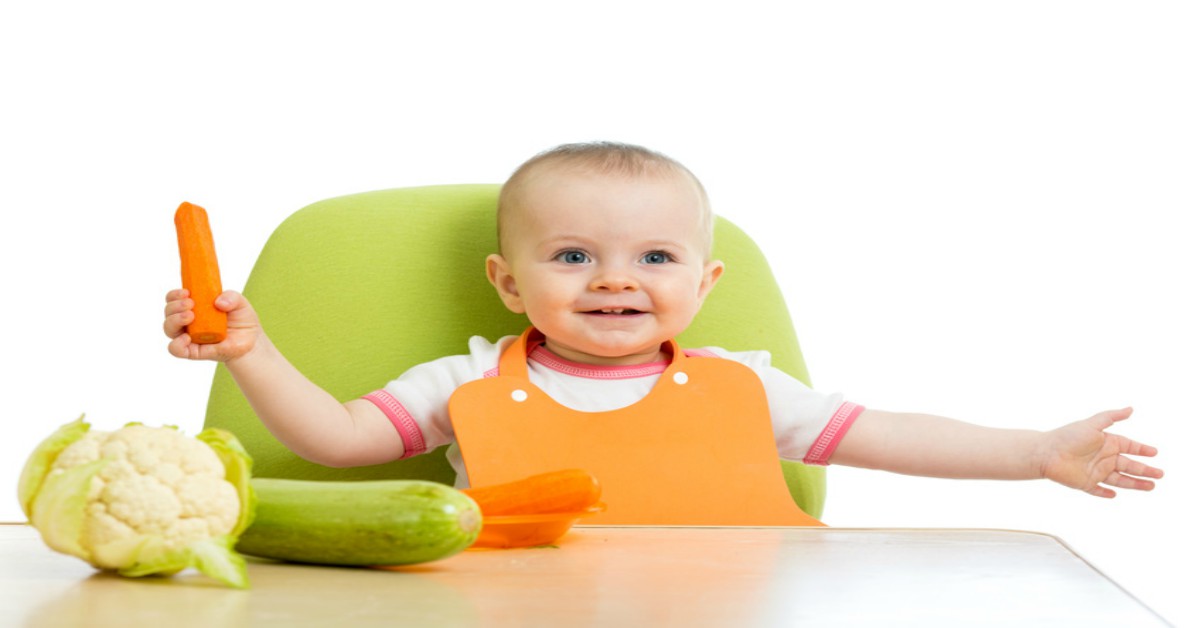
I like to teach my patients this simple analogy. Your child’s jaw is like any other joint in the body. It needs exercise to grow and develop properly.
Your child’s future risk of braces is directly related to how their jaw develops. So you want it to grow properly. Every meal your child takes is an opportunity to start this exercise. That should make your first priority skipping pureed foods.
There are numerous benefits to skipping pureed baby foods. When your baby starts on soft foods that require a bit of chewing they learn self-regulation, develop good eating habits, and practice hand-eye coordination and mimicking feeding habits.
Baby led weaning isn’t a new concept, it’s just making a comeback after years of jarred Gerber foods took the baby boomers by storm. Decades ago, when there weren’t food processors and Vitamix blenders, babies simply went from breastfeeding to soft table foods. Today, this is what’s meant by baby led weaning.
Baby led weaning is fast becoming the prefered method of feeding over spoon feeding purees. Plus, it’s great for moms and dads because it’s easier, faster, and allows them to join their baby while eating.
But the benefits of baby led weaning don’t stop there.
Baby led weaning is incredibly important for reasons beyond those commonly discussed. When you choose baby led weaning as the technique for introducing new foods, it helps develop the jaw fully, which makes space for teeth and helps develop a nice, open airway.
As a dentist, I’ve seen how underdeveloped jaws are contributing to the increased need for braces. In addition to crooked teeth, an underdeveloped jaw can lead to smaller airways, which can cause difficulty breathing during sleep later in life.
It’s important to skip baby puree and go right to soft table foods because it helps the jaw muscles develop fully, which sets your baby up for straighter teeth, proper tongue position, better breathing, and improved health throughout their life.
What exactly is baby led weaning?
The baby led weaning definition reveals it’s a slightly misleading term because it refers to the introduction of food. A secondary result of feeding your baby solid foods is he will naturally wean himself off breast milk. The focus is the introduction of food and not the weaning itself. A more appropriate term could be “baby led breastfeeding.”
Feeding your baby purees is unnatural and a new concept that began when doctors recommended introducing solid food as early as four months. Introducing food that young isn’t a good idea because it increases the chances of your child developing allergies.
We now know it’s ideal to breastfeed until six months old and at that point in time soft foods can be introduced. These foods should be soft enough to eat, and can be mashed, but your baby should be able to hold the food and feed himself.
An important aspect of baby led weaning is making sure you use foods that are wholesome and nutritious. Your baby won’t get the same benefits if you are using processed foods high in sugar and refined carbs. Instead of choosing foods like teething biscuits, opt for sweet potato, avocado, and zucchini.
The benefits of baby led weaning
This process might not seem very different from simply feeding your baby spoonfuls of puree, but I assure you it is. The benefits of baby led weaning include:
- The chewing motion allows the jaw to develop down and out, making more space for teeth. This also helps your child develop a full profile and open airway.
- Learning self regulation, which leads to a healthier body mass index and reduced risk of obesity later in life.
- Improves the palette and can help your baby have a preference for healthier foods throughout their life (if you’re offering a healthy balance of whole foods of course).
- Exercised hand-eye coordination.
- Allows them to join you at meal time, which adds socialization and helps them learn to mimic you.
- Teaches your baby how to safely handle different foods.
An additional benefit of baby led weaning is that’s it’s easier for parents and less time consuming. Most parents who have raised one child with feeding and another with baby led weaning strongly prefer the latter.
I also believe this approach reestablishes an innate skill parents have in caring for and trusting their baby. This process by no means implies you should leave your child to their own devices when they eat, but rather have a little more faith in our instincts.
When should you start baby led weaning?
There are a number of telltale signs a baby is ready for table food, which include:
- The tongue-thrust reflex subsides.
- Having motor skills that allow self feeding, such as good grasping reflexes and the ability to chew.
- The ability to sit upright without support.
- Interest in eating solid foods.
Babies are usually ready to start weaning when they are about six months old, but this can vary. The best signs are developed motor skills, readiness, and willingness. If you aren’t sure if your baby is ready, you should ask your pediatrician.
What foods to start baby led weaning?
Patients often ask me, “Can you do puree and baby led weaning?” I think the answer depends on what you considered pureed. Many of the best foods for baby led weaning are nearly ‘pureed’ due to how soft they are. However, making all food essentially mush just to prevent choking defeats the purpose of baby led weaning and should be avoided. Obviously you still want to be safe – with that in mind, here some good baby led weaning finger foods you can offer your baby (six months or older) during this process:
- Avocado
- Bananas
- Pears
- Apples
- Butternut squash
- Acorn squash
- Sweet potato
- Green beans
- Pumpkin
- Yellow squash
- Zucchini
- Peas
- Carrots
- Apricots
- Mangos
- Peaches
- Beans
- Chicken
- Turkey
- Ground grass-fed beef
Be careful with foods with skins before nine months old and be sure everything is either steamed, roasted, and soft enough to prevent choking. Also, you can cut food into spears for them to hold, or small enough for them to easily chew.
Foods to avoid during baby led weaning
While the foundation of this process is founded in trusting your baby more during the feeding, there’s a couple of factors you should be cautious with:
- High risk for choking – Things that can get stuck in the throat including nuts, grape tomatoes, and grapes.
- Allergens – Foods you should hold off on feeding include eggs, dairy, gluten, peanuts, and shellfish until they are over a year old.
- Honey – Honey is dangerous for children under one year due to botulism.
- High sugar and highly processed foods – Avoid crackers, breakfast cereals, cookies, and anything else that falls into this category. Remember, you’re helping your child develop their palette right now, don’t start them off on the wrong foot.
Choose regular cups over sippy cups
Though the focus of baby led weaning is primarily on food, we could certainly add sippy cups to this philosophy. Sippy cups can cause unnatural mouth and jaw development and lead to problems later in life. The constant sucking motion on a rigid plastic piece can actually contribute to speech issues, improper face development, a smaller airway, and poor sleep quality later in life.
Instead, opt for a regular cup. Since your baby should mostly be drinking water, spills shouldn’t really be too much of a problem. Also, you’d be surprised by how well babies pick up drinking out of a cup.
We are correcting a lot of philosophies when it comes to raising children. A collective shift in returning to ‘older’ ways seems to validate that we innately know more than we give ourselves credit. Is how you were raised very different from how you’re raising your children? Are you allowing your baby to led weaning or does that worry you? We’d love to hear your thoughts.
Want to know more? Dr Steven Lin’s book, The Dental Diet, is available to order today. An exploration of ancestral medicine, the human microbiome and epigenetics it’s a complete guide to the mouth-body connection. Take the journey and the 40-day delicious food program for life-changing oral and whole health.
Click below to order your copy now:
US AMAZON
US Barnes & Noble
UK AMAZON
Australia BOOKTOPIA
Canada INDIGO
For more information on Dr. Lin’s clinical protocol that highlights the steps parents can take to prevent dental problems in their children: Click here.
Resources:
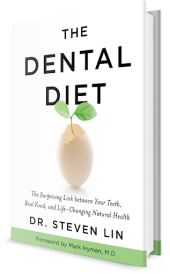
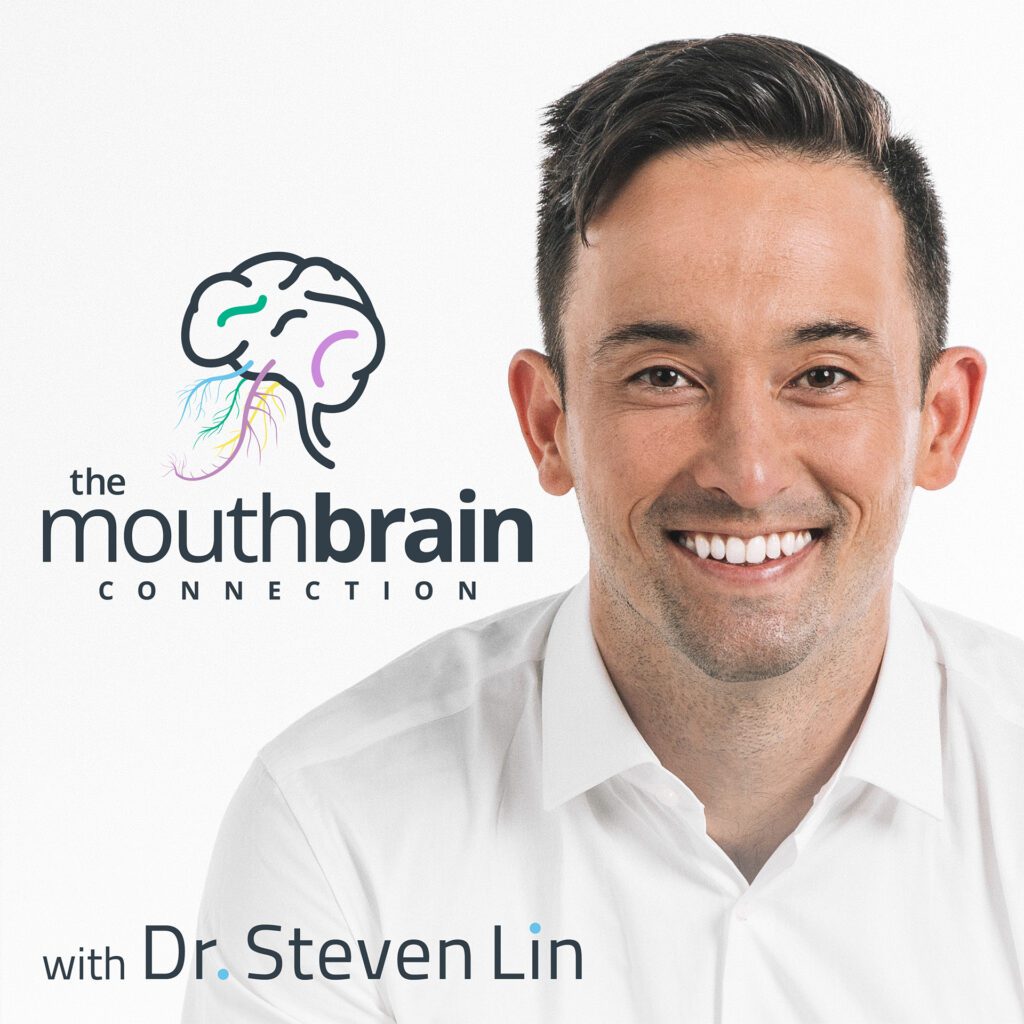

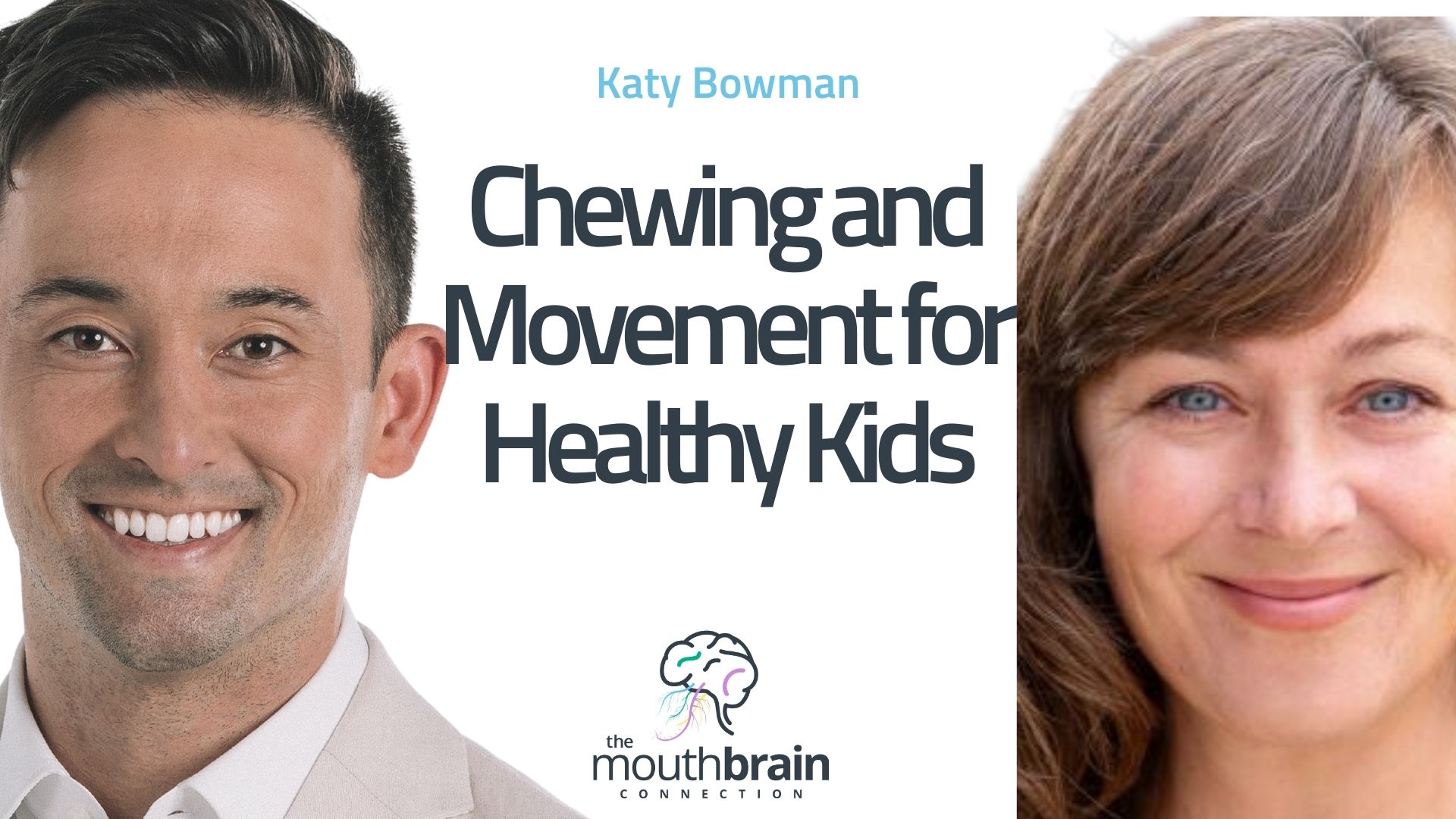

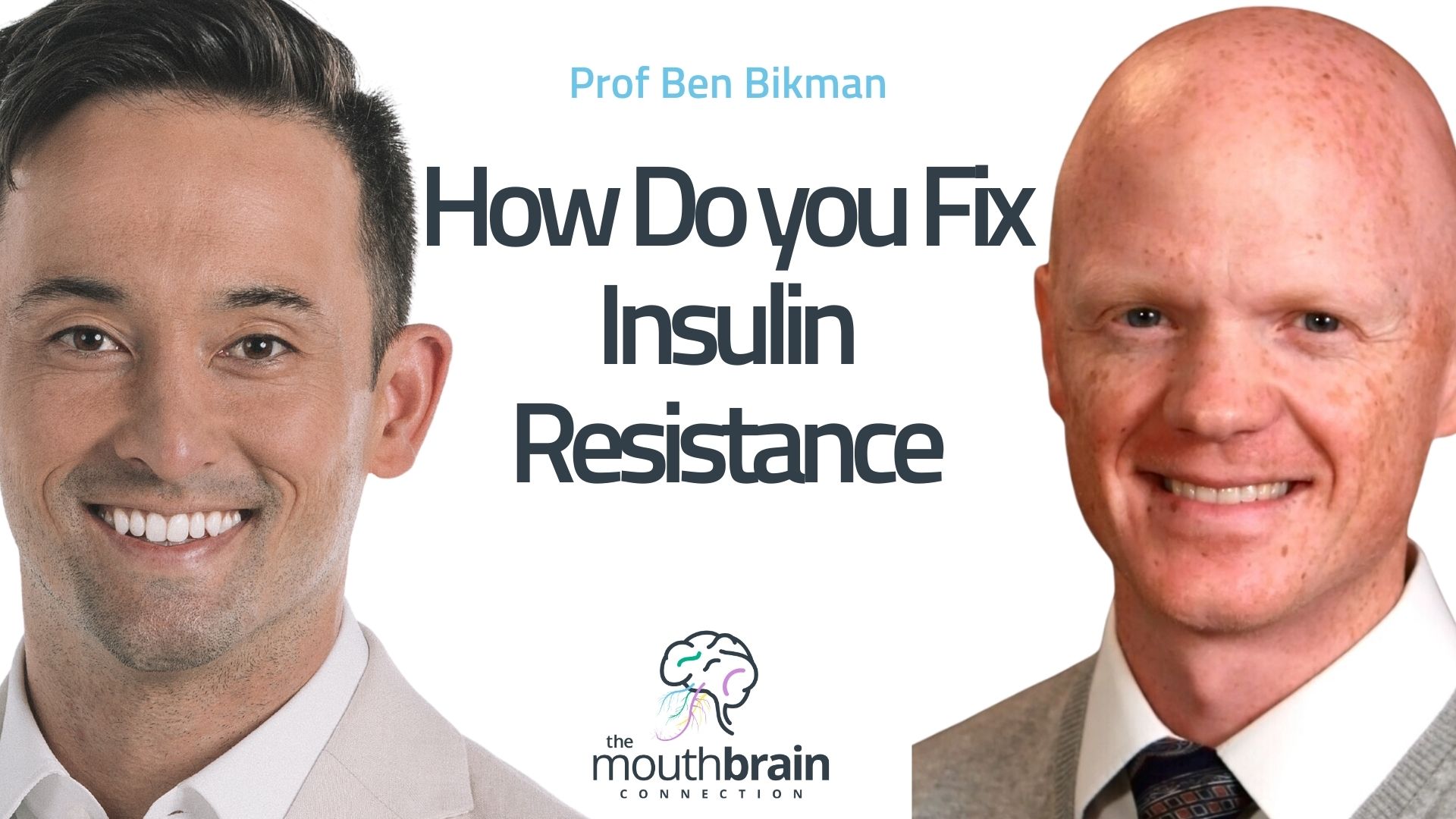


One Response
My baby was born prematurely, should I expect to wait longer before introducing solid food?